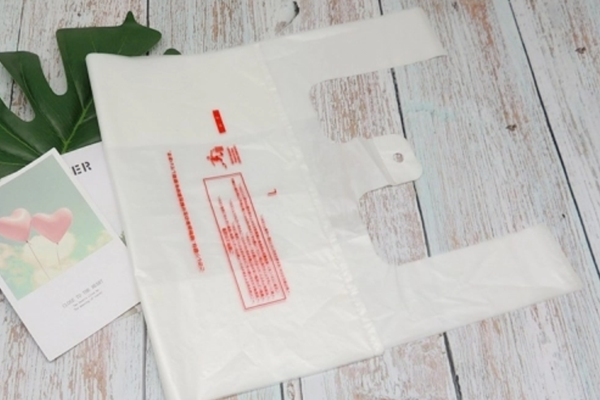Being so aware of this conflict is the driving force behind our efforts to find more environmentally friendly ways to deal with waste, especially in the production and disposal of plastic bags. It also drives innovation: the
PLA biodegradable bag is inspired by the changing needs of the environment. But as with all new technologies, a lot of information is misunderstood. The world of
PLA biodegradable bags still has some secrets.
 Best definition of PLA biodegradable bag
Best definition of PLA biodegradable bag
The
PLA biodegradable bag is also made from petrochemical products, but it is manufactured differently so it can decompose faster in the air and sunlight. You might see the plastic labeled photodegradable or oxidation-degradable.
Bioplastics are a type of bio-based plastic that comes from renewable biomass, i.e. plants. It is made from organic, renewable sources such as vegetable oils, corn and grains.
As companies rush to jump on the green bandwagon and make all sorts of promises to consumers that simply aren't true, dubious claims abound. Eventually, the FTC intervened with a strict set of guidelines that clearly defined what could and could not be labeled biodegradable. In short, when the term "biodegradable" is used for marketing purposes, it includes reference to the length of time parts of the plastic need to be completely degraded. According to the EPA, an item truly qualifies as "biodegradable" if it completely breaks down within one year of conventional disposal. Items typically disposed of in landfills, incinerators and recycling facilities are deceptive because these sites do not have the conditions for complete decomposition to occur within a year.
Disposal site of PLA biodegradable bags
One of the most important aspects of using a biodegradable product is where and how it is disposed of. In addition to the way the bag is made or its components, the location of its final destination will also determine the effectiveness of the product. Most biodegradable materials end up in landfills, but conditions in landfills are extremely unfavorable for the biodegradation process. Nothing breaks down there: air, moisture and sunlight, the three most important components of decomposition, are deliberately kept out of landfills to reduce greenhouse gas emissions.
Instead, the
PLA biodegradable bag must be discarded in an area where it can receive the appropriate amount of oxygen and airflow. Many customers are unaware that landfills, incinerators and recycling facilities do not provide this service. So to fulfill its "destiny" as a biodegradable bag, it must be handled properly -- usually in industrial-grade composting facilities. In short, you can't send biodegradable bags to landfills and expect it to have any positive impact on the environment -- they'll be as welcome on the planet as regular plastics.
Our purchase of
PLA biodegradable bags concept enables us to use single-use plastics more "guilt-free". From the perspective of convenience,
PLA biodegradable bags are indeed a good solution. Secondly, biodegradable bags can make it easier to recycle plastic for extra environmental protection measures. Hyde has been specialized in providing environmental protection products for 12 years, our products and services will be able to make you satisfied. Contact us now for free samples.
Carlos Gomez
Paper products developer
Professional development and testing of packaging product specifications, improve testing efficiency
Click to contact me
 5651
5651 16
16

 Health Concerns With Disposable Paper Plate Usage
Health Concerns With Disposable Paper Plate Usage
 Understanding PE Coated Paper
Understanding PE Coated Paper
 Versatile Bamboo Sticks: Types, Uses, and Benefits
Versatile Bamboo Sticks: Types, Uses, and Benefits
 Styrofoam Cups and Paper Cups
Styrofoam Cups and Paper Cups